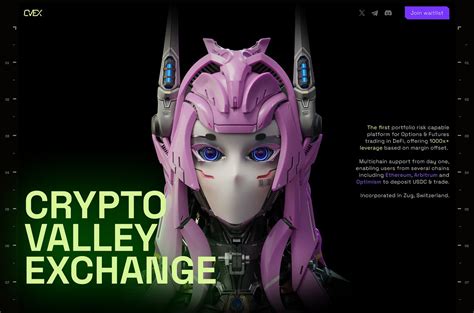Memecoin, Cross-Platform Trading, Decentralized Exchange
“Cryptocurrencies, memecoins, cross-platform trading, and decentralized exchanges: the future of fintech”
The world of cryptocurrencies has come a long way since its inception in 2009. From Bitcoin to Ethereum, the landscape has evolved significantly over the years, with new technologies and innovations popping up all around. In this article, we will explore four key trends shaping the future of fintech: cryptocurrencies, memecoins, cross-platform trading, and decentralized exchanges (DEXs).
Cryptocurrencies
Cryptocurrency, also known as digital currency, is a medium of exchange that uses cryptography for security and decentralization. The most famous cryptocurrency is Bitcoin, which was launched in 2009 by an individual or group using the pseudonym Satoshi Nakamoto. Since then, thousands of other cryptocurrencies have been created, each with their own unique features and use cases.
One of the most exciting aspects of cryptocurrencies is their potential for mainstream adoption. With the rise of institutional investors, governments, and financial institutions, the value and legitimacy of cryptocurrencies are rapidly increasing. In 2021, Bitcoin surpassed $40,000, marking a milestone in cryptocurrency history.
Meme Coins
Memecoins, short for “memes,” refer to cryptocurrencies that have become popular due to their novelty and entertainment value rather than their intrinsic economic value. These coins often use catchy names, humorous marketing campaigns, or other gimmicks to attract investors.
A notable example of a memecoin is Dogecoin (DOGE), which was launched in 2013 as a joke but gained popularity among online communities. Today, DOGE has its own cryptocurrency exchange, wallet, and even a social media platform.
Cross-Platform Trading

The rise of blockchain technology has enabled seamless cross-platform trading across multiple exchanges, wallets, and platforms. This allows users to buy, sell, and trade cryptocurrencies with ease, regardless of which exchange or service they use.
For example, users can now trade Bitcoin on Coinbase, Binance, and Kraken using their native wallet and mobile app, while also interacting directly with the blockchain through a decentralized application (dApp).
Decentralized Exchanges (DEX)
DEXs are online platforms that allow cross-chain trading of different cryptocurrencies without the need for middlemen. These exchanges use smart contracts to facilitate transactions and ensure secure, transparent, and efficient trading.
One of the most popular DEXs is Uniswap (UNI), which allows users to trade assets across multiple blockchain networks using a centralized interface. Other notable DEXs include Curve (CRV) and SushiSwap (SUSHI).
The Future of Fintech
As we continue to see the rise of cryptocurrencies, memecoins, cross-platform trading, and decentralized exchanges, it is clear that these technologies are transforming the financial landscape. With their potential for widespread adoption, increased accessibility, and innovative applications, these trends are likely to profoundly define the future of finance.
As the regulatory environment becomes more favorable, cryptocurrencies and DEXs will continue to gain traction. The growing presence of institutional investors, governments, and traditional financial institutions will also drive a growing demand for decentralized solutions that offer transparency, security, and efficiency.
Ultimately, the future of fintech is being written in terms of blockchain, cryptography, and decentralization. As we look ahead to the next decade, it is clear that these emerging trends will continue to shape the way we think about money, finance, and innovation.

Leave a Reply
Want to join the discussion?Feel free to contribute!